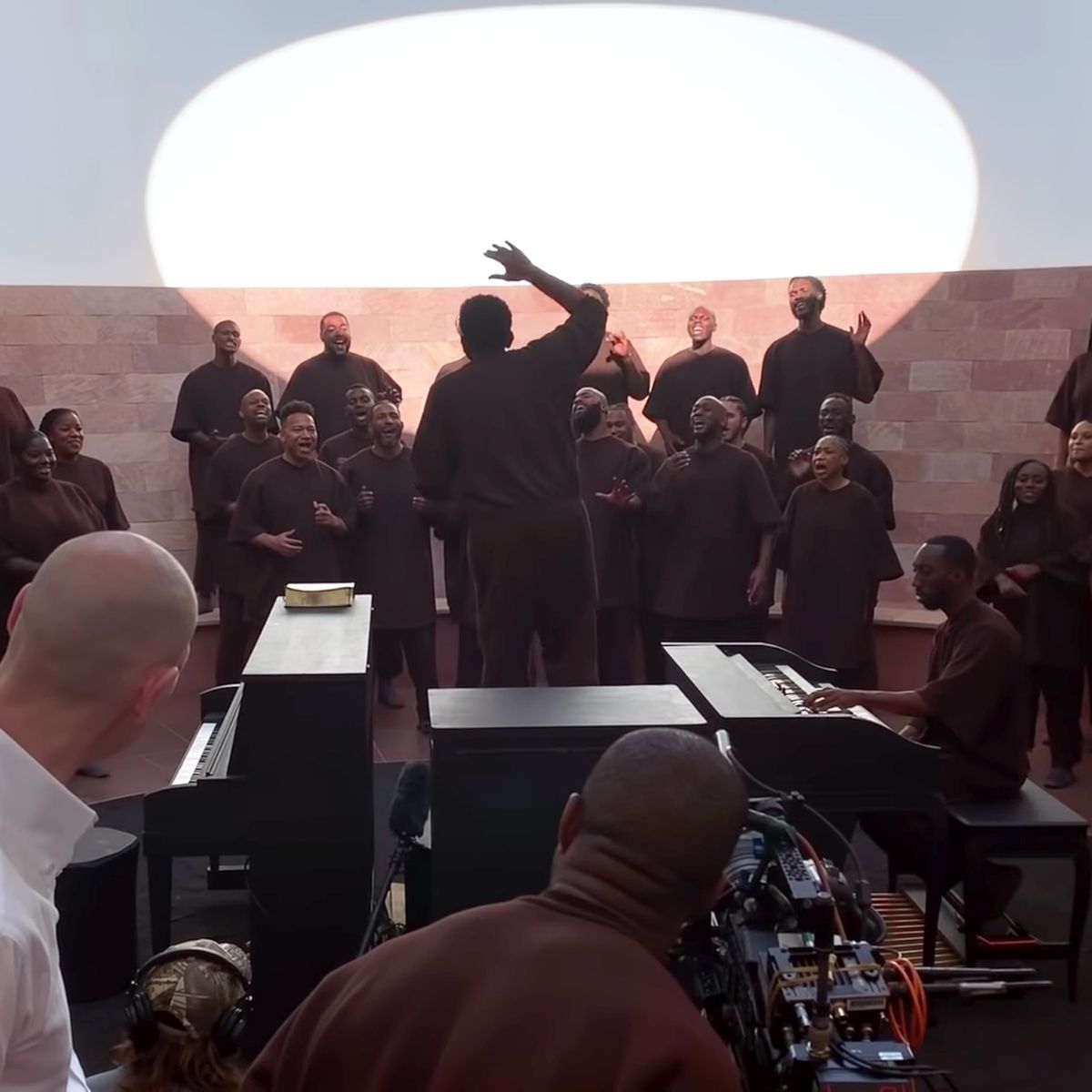

Two women dance at a pop music concert in Sofia, Bulgaria.ĭance is generally, however not exclusively, performed with the accompaniment of music and may or may not be performed in time to such music. Primitive dance in ancient China was associated with sorcery and shamanic rituals. Dance is further described in the Lüshi Chunqiu. In Chinese pottery as early as the Neolithic period, groups of people are depicted dancing in a line holding hands, and the earliest Chinese word for "dance" is found written in the oracle bones. The Bible and Talmud refer to many events related to dance, and contain over 30 different dance terms. References to dance can be found in very early recorded history Greek dance ( horos) is referred to by Plato, Aristotle, Plutarch and Lucian. The use of dance in ecstatic trance states and healing rituals (as observed today in many contemporary "primitive" cultures, from the Brazilian rainforest to the Kalahari Desert) is thought to have been another early factor in the social development of dance. It has been proposed that before the invention of written languages, dance was an important part of the oral and performance methods of passing stories down from one generation to the next. On the other hand, some cultures lay down strict rules as to the particular dances in which, for example, men, women and children may or must participate.Īrcheological evidence for early dance includes 9,000-year-old paintings in India at the Rock Shelters of Bhimbetka, and Egyptian tomb paintings depicting dancing figures, dated c.
Jesus culture dance with me lyrics free#
Participatory dancers often all employ the same movements and steps but, for example, in the rave culture of electronic dance music, vast crowds may engage in free dance, uncoordinated with those around them. Even a solo dance may be undertaken solely for the satisfaction of the dancer. A group dance and a corps de ballet, a social partner dance and a pas de deux, differ profoundly. Participatory dance, on the other hand, whether it be a folk dance, a social dance, a group dance such as a line, circle, chain or square dance, or a partner dance such as is common in Western ballroom dancing, is undertaken primarily for a common purpose, such as social interaction or exercise, or building flexibility of participants rather than to serve any benefit to onlookers. Most classical forms are centered upon dance alone, but performance dance may also appear in opera and other forms of musical theatre. Examples are western ballet and modern dance, Classical Indian dance such as Bharatanatyam and Chinese and Japanese song and dance dramas such as Dragon dance. It often tells a story, perhaps using mime, costume and scenery, or else it may simply interpret the musical accompaniment, which is often specially composed and performed in a theatre setting but it is not a requirement.

Theatrical dance, also called performance or concert dance, is intended primarily as a spectacle, usually a performance upon a stage by virtuoso dancers. Members of an American jazz dance company perform a formal group routine in a concert dance setting


 0 kommentar(er)
0 kommentar(er)
